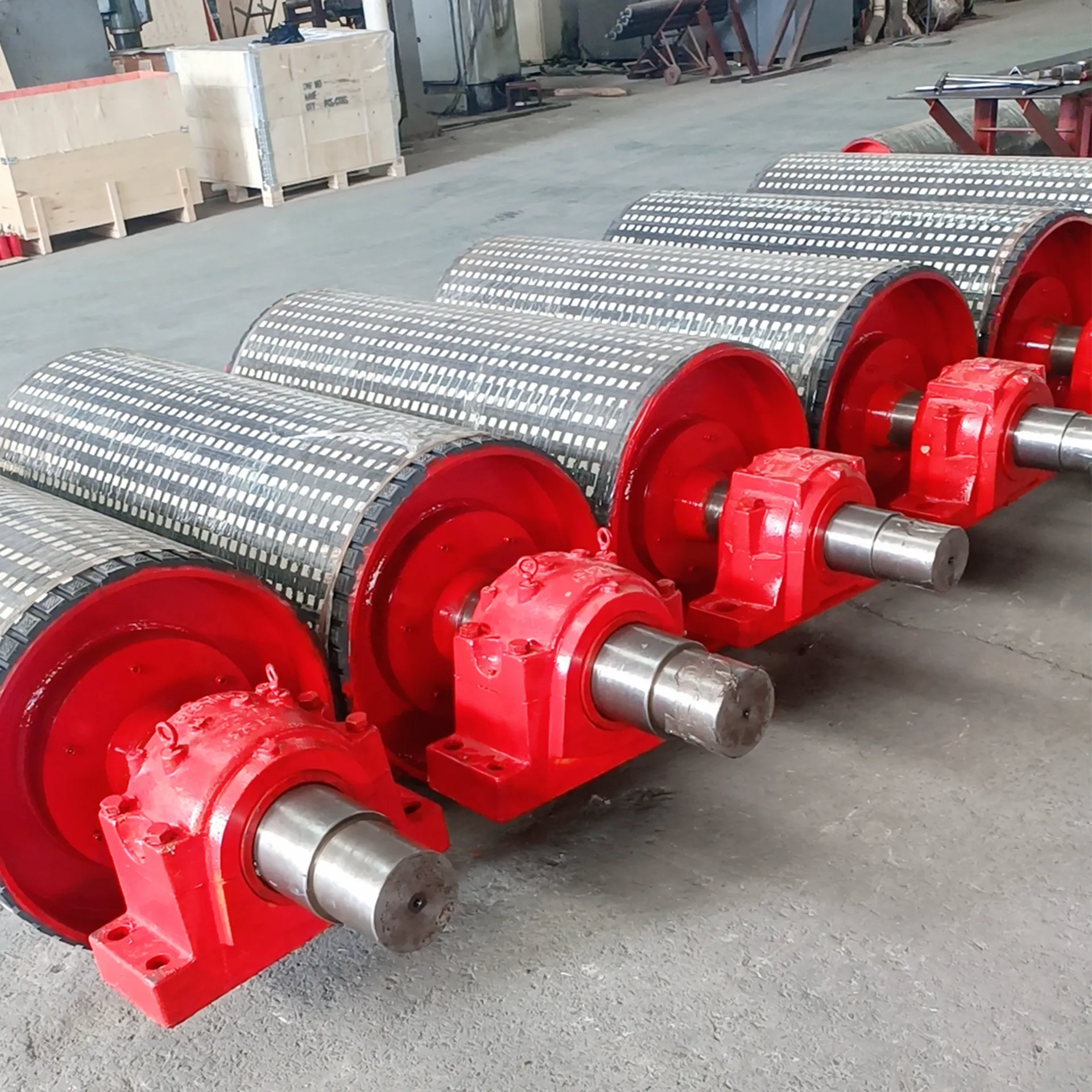 Afrikaans
Afrikaans  Albanian
Albanian  Amharic
Amharic  Arabic
Arabic  Armenian
Armenian  Azerbaijani
Azerbaijani  Basque
Basque  Belarusian
Belarusian  Bengali
Bengali  Bosnian
Bosnian  Bulgarian
Bulgarian  Catalan
Catalan  Cebuano
Cebuano  Corsican
Corsican  Croatian
Croatian  Czech
Czech  Danish
Danish  Dutch
Dutch  English
English  Esperanto
Esperanto  Estonian
Estonian  Finnish
Finnish  French
French  Frisian
Frisian  Galician
Galician  Georgian
Georgian  German
German  Greek
Greek  Gujarati
Gujarati  Haitian Creole
Haitian Creole  hausa
hausa  hawaiian
hawaiian  Hebrew
Hebrew  Hindi
Hindi  Miao
Miao  Hungarian
Hungarian  Icelandic
Icelandic  igbo
igbo  Indonesian
Indonesian  irish
irish  Italian
Italian  Japanese
Japanese  Javanese
Javanese  Kannada
Kannada  kazakh
kazakh  Khmer
Khmer  Rwandese
Rwandese  Korean
Korean  Kurdish
Kurdish  Kyrgyz
Kyrgyz  Lao
Lao  Latin
Latin  Latvian
Latvian  Lithuanian
Lithuanian  Luxembourgish
Luxembourgish  Macedonian
Macedonian  Malgashi
Malgashi  Malay
Malay  Malayalam
Malayalam  Maltese
Maltese  Maori
Maori  Marathi
Marathi  Mongolian
Mongolian  Myanmar
Myanmar  Nepali
Nepali  Norwegian
Norwegian  Norwegian
Norwegian  Occitan
Occitan  Pashto
Pashto  Persian
Persian  Polish
Polish  Portuguese
Portuguese  Punjabi
Punjabi  Romanian
Romanian  Russian
Russian  Samoan
Samoan  Scottish Gaelic
Scottish Gaelic  Serbian
Serbian  Sesotho
Sesotho  Shona
Shona  Sindhi
Sindhi  Sinhala
Sinhala  Slovak
Slovak  Slovenian
Slovenian  Somali
Somali  Spanish
Spanish  Sundanese
Sundanese  Swahili
Swahili  Swedish
Swedish  Tagalog
Tagalog  Tajik
Tajik  Tamil
Tamil  Tatar
Tatar  Telugu
Telugu  Thai
Thai  Turkish
Turkish  Turkmen
Turkmen  Ukrainian
Ukrainian  Urdu
Urdu  Uighur
Uighur  Uzbek
Uzbek  Vietnamese
Vietnamese  Welsh
Welsh  Bantu
Bantu  Yiddish
Yiddish  Yoruba
Yoruba  Zulu
Zulu Optimizing Performance of Conveyor Drive Pulleys in Material Handling Systems
Understanding Conveyor Drive Pulleys Essential Components for Efficient Material Handling
In modern industrial environments, conveyor systems play a pivotal role in the transportation and processing of materials. At the heart of these systems lies the conveyor drive pulley, a crucial component that enables the movement of goods across various manufacturing and distribution settings. This article delves into the significance, functionalities, and types of conveyor drive pulleys, shedding light on their roles in enhancing workflow efficiency.
What is a Conveyor Drive Pulley?
A conveyor drive pulley is a cylindrical component mounted at one end of a conveyor belt system. Its primary function is to drive the belt forward through the application of rotational force generated by an attached motor. As the motor operates, it turns the drive pulley, causing the belt to move over its surface. This movement allows for the continuous transportation of materials from one location to another, making it an indispensable part of any conveyor system.
Importance of Conveyor Drive Pulleys
Conveyor drive pulleys play an essential role in ensuring the smooth operation of conveyor systems
. Their importance can be summarized in several key points1. Material Handling Efficiency The primary function of a conveyor drive pulley is to facilitate the efficient movement of goods. By enabling the belt to transport items, the pulley significantly reduces the time and effort required for manual handling, improving productivity in various industries.
2. Load Stability Drive pulleys are designed to handle various load capacities. The right pulley ensures that materials are transported securely without slipping or excessive wear, minimizing the risk of accidents and downtime.
3. Customizability Conveyor systems are often tailored to meet specific operational needs. Drive pulleys can be customized in size, material, and shape to fit different conveyor designs, allowing for versatility across various applications, including mining, manufacturing, and logistics.
conveyor drive pulley

4. Durability and Reliability High-quality drive pulleys are constructed to withstand the rigors of industrial environments. Their resilience to wear and tear contributes to the longevity of the conveyor system, reducing maintenance costs in the long run.
Types of Conveyor Drive Pulleys
While the basic function of a drive pulley remains consistent, there are various types designed for different applications
1. Lagged Pulleys These pulleys have a rubber cover applied to their surface, enhancing friction between the belt and pulley. This type is effective for high-tension applications, ensuring optimal grip and reducing slip.
2. Smooth Pulleys Commonly used in applications where minimal friction is required, smooth pulleys provide a simple surface for the belt to glide over. They are often utilized in package handling systems.
3. Crowned Pulleys These pulleys have a slight arc on their surface to help keep the conveyor belt centered. The design minimizes lateral movement, ensuring that the belt remains aligned during operation.
4. Drive Pulleys with V-Grooves Used in applications requiring specific belt tracking capabilities, V-groove pulleys help guide the belt along its intended path, effectively preventing misalignment.
Conclusion
Conveyor drive pulleys are fundamental components that contribute significantly to the efficiency and reliability of conveyor systems. Their ability to drive belts and transport materials plays a vital role in streamlining operations across various industries. By understanding the importance and functionalities of conveyor drive pulleys, businesses can make informed decisions when designing or upgrading their material handling systems, ultimately leading to enhanced productivity and reduced operational costs. Whether it’s a manufacturing plant, a warehouse, or a distribution center, integrating the right conveyor drive pulley can make a world of difference in the flow of operations.
-
Revolutionizing Conveyor Reliability with Advanced Rubber Lagging PulleysNewsJul.22,2025
-
Powering Precision and Durability with Expert Manufacturers of Conveyor ComponentsNewsJul.22,2025
-
Optimizing Conveyor Systems with Advanced Conveyor AccessoriesNewsJul.22,2025
-
Maximize Conveyor Efficiency with Quality Conveyor Idler PulleysNewsJul.22,2025
-
Future-Proof Your Conveyor System with High-Performance Polyurethane RollerNewsJul.22,2025
-
Driving Efficiency Forward with Quality Idlers and RollersNewsJul.22,2025





























